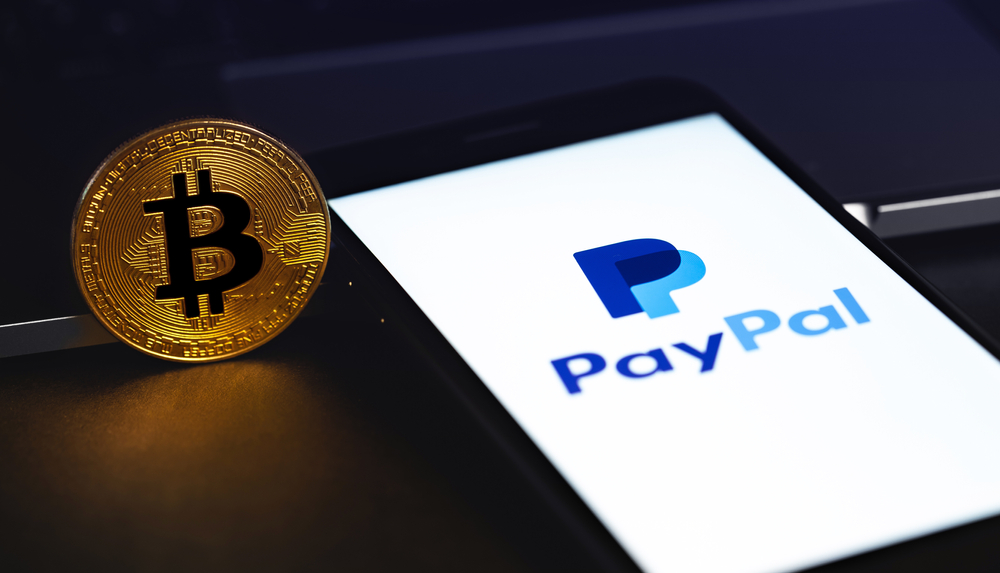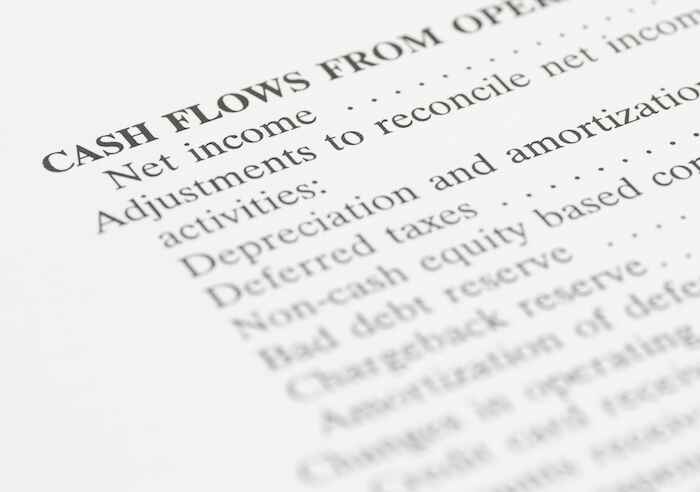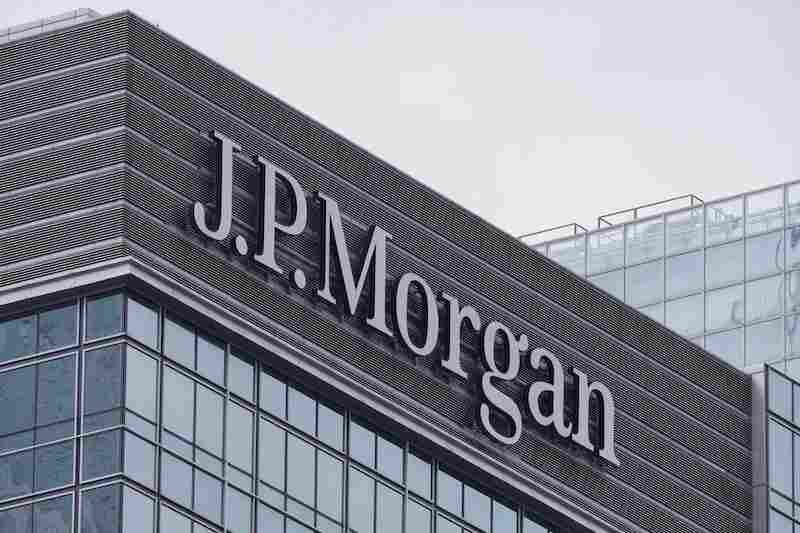The Gem in PayPal’s Earnings Report
Amanda Heckman|February 6, 2021

It was a busy week on Wall Street… and not – thank goodness – because of GameStop (GME) or some fools on Reddit.
Investors took a deep breath and got back to the business of… well… investing.
Some big names released earnings… and the markets were happy for things to be back to normal. It was a sea of green all week.
We saw results from Amazon (AMZN)… Alphabet (GOOGL)… Alibaba (BABA)… Exxon Mobil (XOM)… UPS (UPS)… Qualcomm (QCOM)… and PayPal (PYPL).
And what we learned from PayPal deserves a closer look.
Hyperdrive
Saying PayPal had a good year in 2020 is like saying Tom Brady is a good quarterback.
The wins do the talking.
It was, in fact, the strongest year in the company’s history.
Now, most know the company as an online payments platform that allows folks to safely send money to businesses and other PayPal users.
But it also offers a variety of related services, including debit cards for payments, credit card readers for small merchants and lines of credit.
Not to mention users can now use the app for touchless payments in person… and to trade cryptocurrencies.
All of this led to growth in just about every corner of its business…
- Payment volume increased 31% for the year – just shy of $1 trillion at $936 billion…
- Its 15.4 billion transactions represented a 25% increase year over year…
- It grew revenue 22% over 2019’s figure to $21.45 billion…
- Earnings per share were up 81%…
- And the big one… It added 72.7 million new individual user accounts. That’s a 95% increase over 2019’s total.
Meanwhile, its peer-to-peer payments app Venmo posted big numbers as well. Venmo’s total payment volume grew 60% year over year to $47 billion. Its customer base grew 32%, ending at close to 70 million accounts.
That’s a lot of new folks giving up cash.
PayPal’s results make it clear the pandemic has forced a long-term trend into hyperdrive.
Many retailers moved their businesses online. About 3 in 10 Americans said they make no purchases with cash in a typical week. That’s up from 25% in 2015, according to the Pew Research Center.
But here’s what’s really big about PayPal’s results.
The company is not just making it easier to go cashless. It’s playing the long game in our move to a digital economy.
Shaping the Future of Money
Back in November, PayPal made it possible for its U.S. users to buy crypto directly through the app. That was a major boon for the widespread adoption of digital assets.
And folks liked it. Since then, crypto trading volume on the platform has reached record highs, peaking at $242 million in transactions a few weeks ago.
This little crypto experiment “exceeded expectations,” the company said. As a result, PayPal will double down on crypto, blockchain and digital currencies in 2021.
In the next few months, it will expand its crypto offerings. Venmo users will be able to buy, hold and sell crypto inside the Venmo mobile app, along with other “investment alternatives.”
But here’s the kicker… In a line most folks likely missed, CEO Dan Schulman said that PayPal is working with regulators and central banks “to shape the future of” a cashless world.
That’s huge… especially for the crowd that thinks Uncle Sam will simply ban crypto.
PayPal sees the future of money clearly. It’s one where crypto and digital currencies play a critical role in the economy and how it works.
And it’s positioning itself as a leader when that day comes.
For sure, this trend has immense opportunity for investors (just look at PayPal’s stock chart).
And that’s why we recently published five steps you must take to get yourself into position as the world goes cashless. It details everything that’s happening right now… and how it will all unfold. Click here for all the details.





